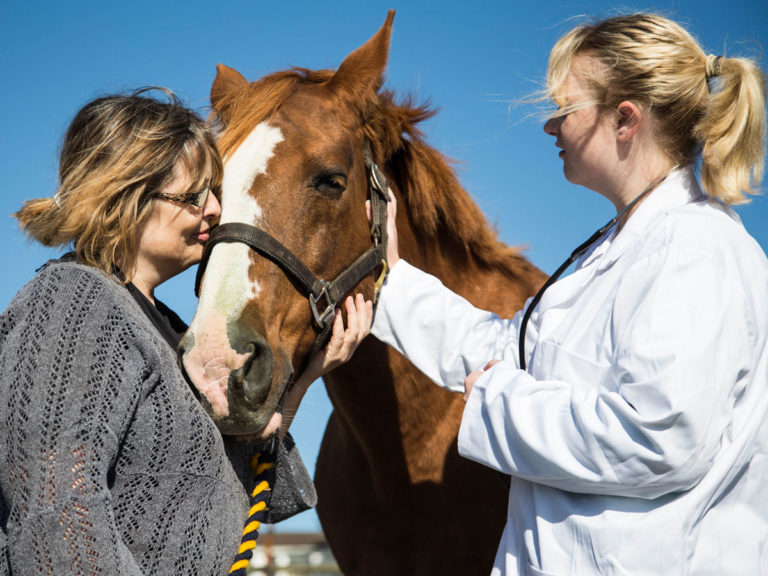A new article has been accepted for publication in Elsevier’s Journal of Veterinary Parasitology entitled “Anthelmintic resistance in equine parasites–current evidence and knowledge gaps.” You can find more information on this article on ScienceDirect.com.
Abstract
“Anthelmintic resistance is becoming increasingly prevalent among equine nematode parasites. The first reports documenting resistance were published in the 1960s, just a short time after introduction of the first modern anthelmintics phenothiazine and thiabendazole. Several factors are known to influence development of resistance, but evidence specific to equine parasites is limited. Most current knowledge and applications have been extrapolated from research with trichostrongylid parasites of sheep. The number of cyathostomin species co-infecting horses adds to the complexity of investigating drug resistance but, given their apparent limited biological diversity, viewing these in a unispecific context remains a pragmatic approach. Factors affecting resistance development in cyathostomins include parasite seasonality, life span and fecundity, host immunity, and the existence of encysted stages. Further, parasite refugia have been shown to play a vital role in resistance development in other parasites, and likely is also important in equine parasites. Specific genetic factors for drug resistance and possible modes of inheritance have been identified for trichostrongylid nematodes, but it is widely accepted that several more remain undiscovered. Current evidence with equine and ruminant parasites suggests that fitness is not significantly compromised in drug resistant strains. Attempts to develop in vitro and molecular assays for diagnosing anthelmintic resistance in equine nematodes have had only limited success, standardized guidelines are sorely needed for performing the fecal egg count reduction test in horse populations. Taken together, this review illustrates the complexity of understanding anthelmintic resistance in equine nematodes, and emphasizes the need for further research.”
Authors
M.K. Nielsen, M.H. Gluck Equine Research Center, Department of Veterinary Science, University of Kentucky, Lexington, Kentucky, USA
C.R. Reinemeyer, East Tennessee Clinical Research, Inc., Rockwood, Tennessee, USA
J.M. Donecker, Zoetis, Outcomes Research, 707 Parkway Boulevard, Reidsville, North Carolina, USA
D.M. Leathwick, AgResearch, Grasslands Research Centre, Private Bag 11008, Palmerston North, New Zealand
A.A. Marchiondo, Zoetis, Global Therapeutics Research, 3333 Portage Road, Kalamazoo, Michigan, USA
R.M. Kaplan, Department of Infectious Diseases, University of Georgia, Athens, Georgia, USA








